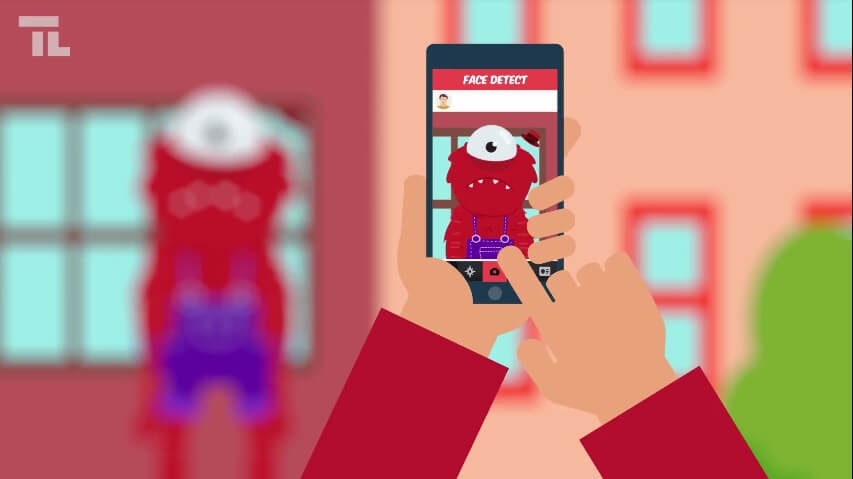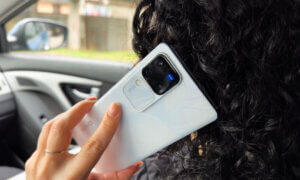If there was one thing you could say about smartphone cameras nowadays, what would it be? Probably that they’ve all evolved to the point where they can really see. Just like humans, once the lens is open, they can detect faces. Actually, face detection technology is the one thing in common they all have, no matter the brand. #mobilemagic
You’re probably aware of the importance of face detection when you try to take a selfie or a group shot, but do you know in how much trouble you’d be if it were missing from your phone? More importantly, are you aware that even with face detection on, your smartphone still has a blind spot?
So many users take imaging technologies – that face detection is a part of – for granted. They’re the complicated part of the camera not many of us know much about (or even care for). But understanding how they work is crucial if you want to make an informed smartphone purchase.
That’s why we started Technology Now, a visual series that takes each essential imaging technology and breaks it down for everybody, tech savvy or just tech curious. For starters, we asked ourselves: is face detection flawless? Let’s say you wanted to face detect a more particular creature… not really a human. A cyclops, for example. Would the camera recognize the cyclops’ face as a… face? Would it adjust focus, exposure and white balance accordingly? Or would we find the smartphone camera’s first blind spot?
The answer… is in the video below (as well as our super tip to reset the smartphone camera’s face detection algorithm):
Follow TechTheLead on Google News to get the news first.























